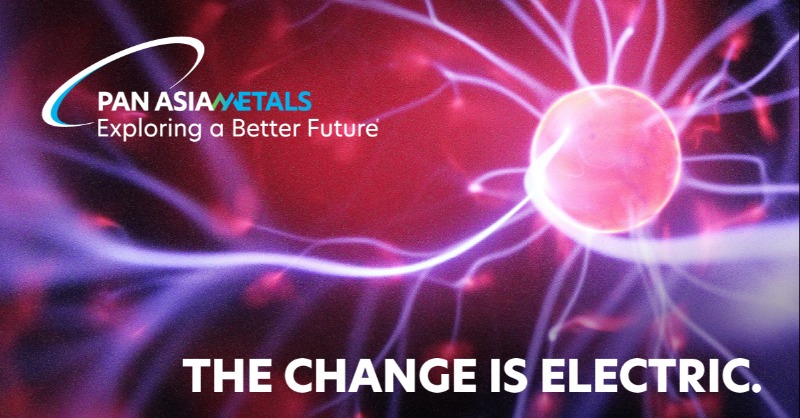Not since back in the 1920s when the first Ford rolled off the production line and nudged the horse out of the way, has the car industry witnessed such a high-voltage period of innovation and change. This is a technological revolution — and our roads are about to change forever.
Many experts believe we’ve already passed the tipping point where EV sales start to rapidly overwhelm the sales of petrol and diesel cars. This is backed by moves from some of the world’s bigger car brands: Jaguar will sell only EVs from 2025, Lotus has said 2028, and Volvo has flagged 2030. Even mass producers like General Motors and VW have made commitments to turn electric by the year 2030, with goals of 100% and 70% respectively.
So what are the main ‘drivers’ of this electric pace of change? It all comes down to three fundamental factors: Regulation, Consumer Behaviour and Technology.
Regulation by governments around the world has accelerated the shift to electric, mostly through more stringent emissions targets. In Europe, the EU’s “Fit for 55” program aims to reduce net greenhouse gas emissions by at least 55% by 2030. While in the USA, the Biden administration introduced a 50% EV target by 2030. And both of these mandates come with EV subsidy incentives.
Cities the world over are also working to reduce private vehicle use and congestion by offering greater support for sustainable transport like bicycles. For instance, Paris is investing US $300 million to convert 50km of car lanes into cycling lanes. And this is where Regulation intersects with Consumer Behaviour, as awareness changes on a mass scale…
Thanks to inner-city dwellers becoming more open to shared mobility options, global trips with shared bicycles and e-scooters rose 60% YOY from 2021 to 2022. This is led by places like Germany, where already some 20% of citizens use ride-pooling services.
There’s also a public groundswell towards flying less, to avoid using fossil-burning aircraft. So little wonder that Bavarian ‘electric flight taxi’ startup Lilium has signed up to supply Saudi Arabia’s Saudia airline with 100 Lilium Jets. Or why Portuguese airline Sevenair has ordered 3 hybrid-electric aircraft from Swedish company Heart Aerospace. Or why new German sustainable airline Evia Aero is buying 25 electric aircraft from Eviation.
But while Regulation and Consumer Behaviour exert a considerable impact, there’s one factor that makes the end of the internal combustion engine inevitable. Technology. Because technological revolutions like now all have one thing in common: they happen very quickly.
The EV industry has attracted more than US $400 billion in investments over the last decade, with about US $100 billion since 2020. As a result, the price of entry has been falling dramatically: some 10 years ago, it cost US $1,000 per kilowatt hour of battery power, and now it’s closer to US $100 — which is widely considered the point at which EVs are cheaper to buy than equivalent internal combustion vehicles.
The car dealers’ balance sheets agree. Despite overall car sales slumping by 0% in 2020, global sales of EVs rose by 43% to a total of 3.2m. And while that’s still only 5% of all car sales, investment bank UBS forecasts that 20% of all new cars sales will be electric by 2025. By 2030, that figure will double to 40%, hitting 100% as soon as 2040.
And if that sounds optimistic, consider that EV battery technology has recently been given a number of major boosts. Researchers at the University of Tokyo and the Nagoya Institute of Technology have discovered a new mechanism to stabilise the lithium metal electrode and electrolyte in lithium metal batteries, which will greatly enhance energy density. While a new study has found that adding a thin sheet of nickel inside standard EV batteries allows them to recharge to 70% capacity in under 11 minutes. And as for battery safety, LA start-up Nanotech Energy says its new graphene-based nanotechnology makes LIBs perfectly safe — and that it’s close to bringing its product range to market.
Of course, there’s always the popular contrarian question, “But won’t we run out of Lithium?”
Yet despite expectations that Lithium demand will rise to 3-4 million metric tons per year by 2030, McKinsey believes the industry will be able to meet it — and comfortably.
This is particularly good news for explorers like Pan Asia Metals (ASX:PAM), who are well positioned with the only Lithium exploration and development projects in one of the fastest growing regions globally, Southeast Asia. A region where all 3 factors — Regulation, Consumer Behaviour and Technology — converge to generate one thing. A buzz that can only be described as electric.
Written for Pan Asia Metals by Josh Bryer




